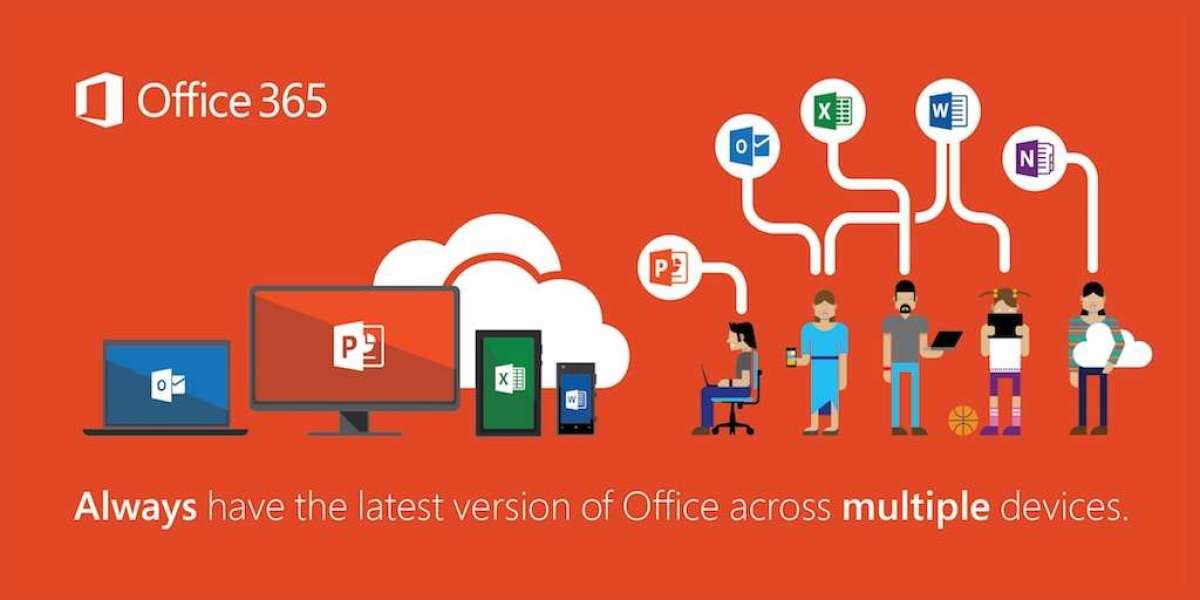Office 365 has become an indispensable tool for businesses worldwide, offering a suite of applications and services that enhance productivity and collaboration. However, like any software platform, Office 365 is not immune to issues that can disrupt workflows and hinder productivity. In this article, we explore proactive measures to prevent Office 365 issues from occurring in the first place.
Understanding Office 365 Issues
Office 365 issues can manifest in various forms, including service outages, performance degradation, and security vulnerabilities. These issues can stem from factors such as software bugs, misconfigurations, and external threats.
Proactive Measures to Prevent Office 365 Issues
Regular Software Updates
One of the most effective ways to prevent Office 365 issues is to ensure that the software is kept up-to-date. Regular updates provided by Microsoft contain patches and fixes for known vulnerabilities and bugs, reducing the risk of system failures and security breaches.
Implementing Strong Security Measures
Security is paramount in safeguarding Office 365 data and infrastructure. Implementing robust security measures such as multi-factor authentication, encryption, and access controls can significantly reduce the likelihood of security incidents.
Training and Educating Users
User error is a common cause of Office 365 issues, such as accidental data deletion or sharing sensitive information with unauthorized parties. Providing comprehensive training and education to users on best practices for using Office 365 can help mitigate these risks.
Monitoring and Maintenance
Monitoring Tools and Practices
Proactively monitoring Office 365 environments allows IT teams to identify potential issues before they escalate into major problems. Utilizing monitoring tools and establishing proactive monitoring practices can help ensure the stability and performance of Office 365 services.
Regular Maintenance Routines
Routine maintenance tasks, such as system checks, performance tuning, and database maintenance, are essential for keeping Office 365 environments running smoothly. Implementing regular maintenance routines can help prevent issues caused by neglected infrastructure.
Data Backup and Recovery Planning
Importance of Data Backup
Data loss can have severe consequences for businesses, ranging from financial losses to damage to reputation. Implementing comprehensive data backup solutions ensures that critical data is protected and can be recovered in the event of an issue or disaster.
Strategies for Effective Backup and Recovery
Developing robust backup and recovery strategies, including regular backups, offsite storage, and testing of recovery procedures, is crucial for minimizing data loss and downtime. Investing in reliable backup solutions tailored to Office 365 environments is essential for ensuring data resilience.
Implementing Disaster Recovery Plans
Creating a Disaster Recovery Plan
A disaster recovery plan outlines procedures for responding to and recovering from catastrophic events that could disrupt Office 365 support services. Developing a comprehensive disaster recovery plan tailored to the organization's needs ensures swift recovery and minimal disruption to business operations.
Testing and Refining the Plan
Regular testing and refinement of the disaster recovery plan are essential for ensuring its effectiveness. Conducting simulated disaster scenarios and identifying areas for improvement helps organizations fine-tune their response procedures and enhance resilience.
Partnering with Managed Service Providers
Benefits of MSPs for Office 365 Management
Partnering with managed service providers (MSPs) can alleviate the burden of managing Office 365 environments internally. MSPs offer expertise, resources, and specialized tools for monitoring, maintenance, security, and backup, enabling businesses to focus on core objectives.
Choosing the Right MSP
When selecting an MSP for Office 365 management, it's essential to consider factors such as experience, reputation, service offerings, and compliance with industry standards. Choosing a trusted MSP with a proven track record can provide peace of mind and ensure reliable support.
Conclusion
Preventing Office 365 issues requires a proactive approach that encompasses regular updates, robust security measures, user education, monitoring, maintenance, data backup, disaster recovery planning, and strategic partnerships with MSPs. By implementing these preventive measures, businesses can minimize the risk of disruptions and maximize the benefits of Office 365.
We think you’ll also like: break-fix IT Support services








